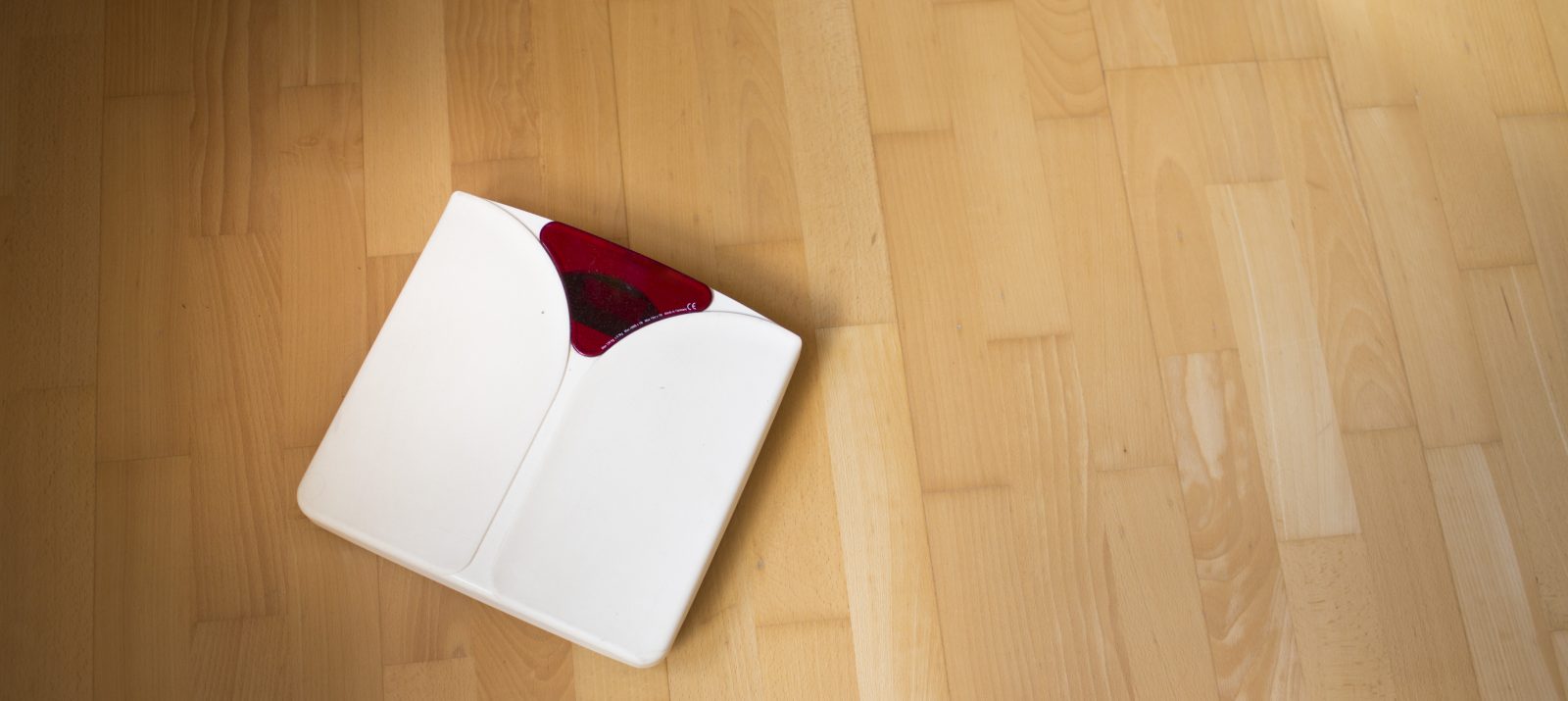
A DIN A4 sheet is 21 cm wide or narrow. On Instagram, young people strive to be so thin that their waist disappears behind a sheet of paper. As proof, they post the corresponding photo. The A4 Waist Challenge is just one of the absurd weight loss contests on social networks. Such challenges not only convey a completely unrealistic ideal of beauty, but also lead young people to perceive their own bodies as too fat and, at worst, to follow risky weight loss trends.
Tall, thin, athletic: this ideal is conveyed to young people as desirable, above all through the media. Videos on healthy eating and fitness are very well received on YouTube. However, healthy here often also means being thin and thus supposedly attractive. There is a fine line between a healthy diet and an unhealthy diet. It’s not always easy for young people to tell the difference. Some YouTubers who make fitness videos also deal with fashion and beauty. So for some, it’s more about showing a certain image of beauty rather than portraying a healthy lifestyle. Under the hashtag #WhatIEatInADay, YouTubers show, for example, what they have eaten in a day and count the calories. These usually remain well below the necessary and recommended numbers by doctors.
On Instagram, young people can get active themselves and show off by taking part in challenges. Besides the #A4Waist challenge, various weight loss trends have been circulating on Instagram for years now. The #thighgap challenge is about who has the biggest gap between their thighs. The thinner, the more “beautiful” you are supposed to be.
Challenges are among the most popular content that young people follow on social networks. There are regularly new challenges, some of which attract a lot of attention and encourage many people to join in. However, the weight loss challenges on Instagram are not a funny gag, but here young people compete with others for the thinnest legs or the slimmest waist. Thus, a completely unrealistic and partly unhealthy ideal of beauty is conveyed. Teenagers can feel pressured to look the same in order to be attractive and popular. Instagram is taking a first step to protect against problematic beauty ideals: In the future, minors will no longer be shown ads for weight loss or cosmetic procedures.
Not all fitness videos or challenges pose a problem. Exercise and healthy food are a good thing. When young people are motivated to exercise regularly with the help of influencers, it’s a good thing!
It is important that you support your child in being able to distinguish which content is realistic and which is problematic. Talk to your child about it and let him or her show you what he or she likes about certain social media channels.
Even independent of media, you should talk to your child about the changes in his or her body – especially during puberty. Feeling comfortable in your own body is an important prerequisite for not being influenced by others. Attractiveness usually has little to do with a particular look. If you feel good in your own body and enjoy life, you will radiate this – and this is more attractive and interesting than a perfect body alone!